Figures & data
Table 1. U.S. national emissions of NOx and VOC (EPA, Citation2015a, Citation2015b, Citation2015c).
Figure 1. U.S. national NOx emissions compared with trends in 29-site and 98-site averages of the annual 98th percentile concentration of daily 1-hr maximum NO2 concentrations (EPA, Citation2015d, Citation2015e). Fewer trend sites operated continuously from 1980 (29) than from 1990 (98).
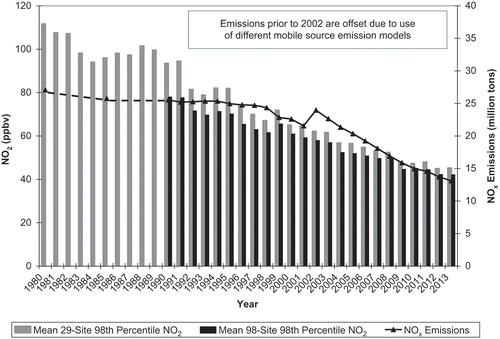
Figure 2. U.S. national trends in average annual 98th percentile concentration of daily 1-hr maximum NO2 concentrations compared with trends in average annual fourth-highest daily peak 8-hr O3 (EPA, Citation2015e; Citation2015f). Fewer sites operated from 1980 (29 for NO2 and 222 for O3) than from 1990 (98 for NO2 and 466 for O3).
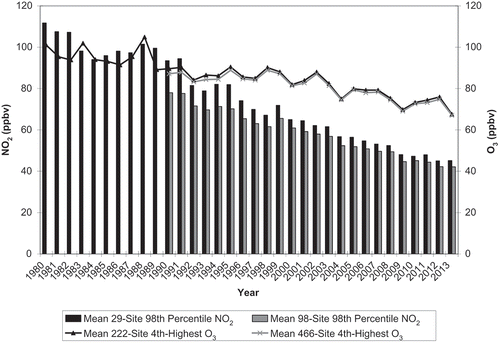
Table 2. Trends in daily peak 8-hr O3 by Core Based Statistical Area (CBSA) and metric, 1990–2014.
Figure 3. (a) U.S. national 1980–2013 222-site average of annual fourth-highest daily peak 8-hr O3 vs. 29-site average of the annual 98th percentile concentration of daily 1-hr maximum NO2 concentrations. All regressions are statistically significant (p < 0.0001). (b) National 1990–2013 466-site average of annual fourth-highest daily peak 8-hr O3 vs. 98-site average of the annual 98th percentile concentration of daily 1-hr maximum NO2 concentrations (EPA, Citation2015e, Citation2015f).
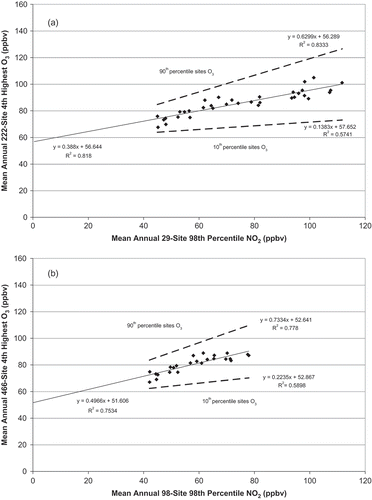
Figure 4. Trends in annual fourth-highest peak 8-hr O3 at sites having the highest (x) and the lowest (open circles) values each year in eight CBSAs.
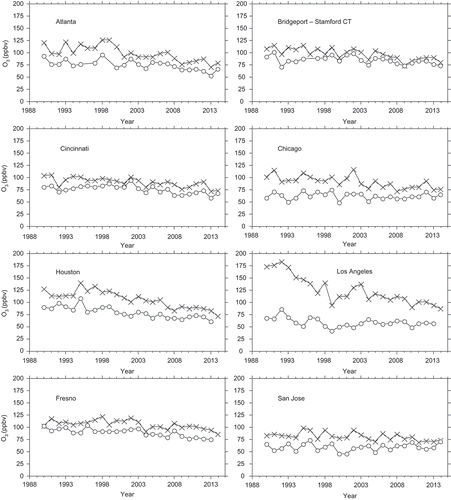
Figure 5. Annual O3 concentration vs NO2 concentration. The O3 metrics are the annual fourth-highest peak 8-hr O3 (x) and the mean peak 8-hr O3 (open circles) concentrations from the maximum O3 site within each CBSA. The NO2 metric is the mean annual daily 1-hr peak NO2 from the site with the maximum mean NO2 concentration within the same CBSA as each O3 site.
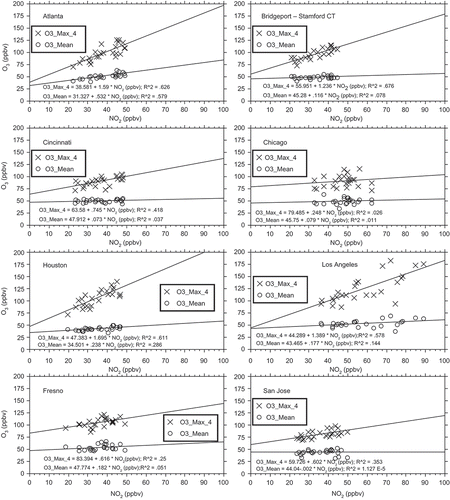
Table 3. Comparison of modeling predictions with empirical projections.
Table 4. Summary of projected ambient NO2 reductions for meeting four alternative O3 NAAQS levels in 89 CBSAs compared with EPA RIA modeling predictions.
